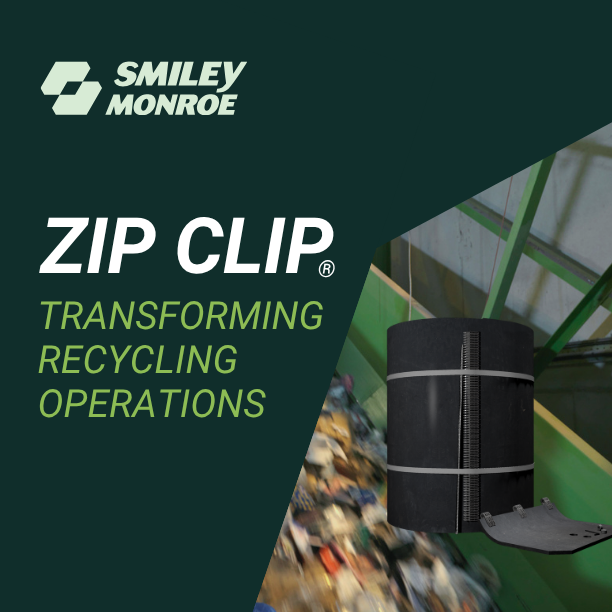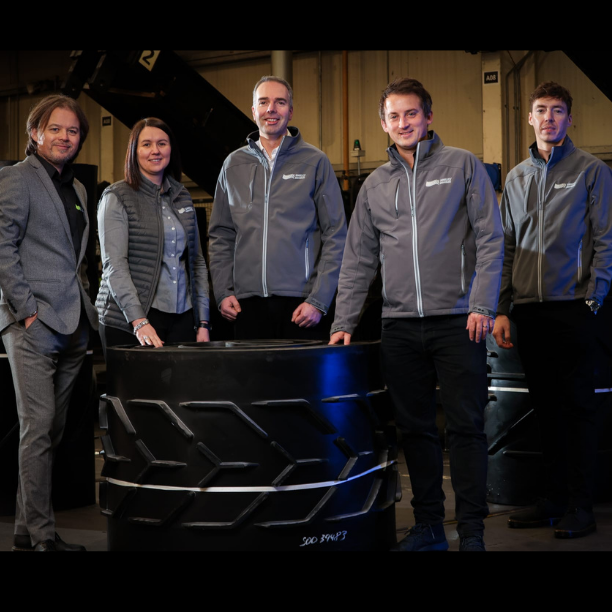Article
: News
Less Mess, More Uptime: Preventing Material Spillage
Updated on: 27 October 2025
Material spillage – it isn’t just messy, it’s costly and hazardous. Left unchecked, it can cause unnecessary downtime, increase cleanup costs, and compromise your site’s safety. So, how do you get ahead of it? Built off best practice and expertise from our product support team, here’s our go-to guide for preventing material spillage to keep your conveyors cleaner, safer and more efficient.
1. Inspect Your Load Points
Regularly check that your impact beds and skirting systems are fitted correctly. Good skirting should seal the load zone properly, preventing material from escaping at the source. Our Impact Bars are designed to absorb the shock of material drops, protecting the belt from puncture damage and sagging .
2. Keep Your Belt Tracking True
A misaligned belt is a major cause of spillage. Install reliable belt trackers — like our GlideTracker™ Roller — to keep your belt centered. Proper tracking reduces belt damage and keeps fines and lumps where they belong: on the belt .
3. Use Effective Belt Cleaners
Carryback is another culprit for spillage along the return run. Fit well-positioned primary and secondary belt cleaners to scrape off stuck material. Our Polyurethane (PU) Belt Cleaners are easy to install and extend belt life by keeping the system free from unwanted buildup .
4. Maintain the Right Tension & Alignment
A slack belt can cause material to spill at transfer points. Ensure correct belt tension, alignment, and that all rollers are in good condition. Replace worn or corroded rollers with energy-saving polymer rollers that are lightweight, self-cleaning and less prone to damage.
5. Fit the Right Conveyor Skirting
Well-fitted conveyor skirting is vital for preventing material from spilling off the sides of the conveyor. Good practice is to install skirting rubber along the sides of the belt so it lightly contacts the belt surface — enough to keep material in, but not so tight that it causes excessive friction or belt wear.
Always choose skirting that has a lower shore hardness than the belt cover itself. This means the skirting will wear instead of the belt, extending your belt’s lifespan and keeping operating costs down. Well-maintained skirting works hand-in-hand with impact beds to contain material flow and keep your operation clean, safe and efficient.
Why it matters
When you prevent spillage, you’re not just cutting costs — you’re safeguarding uptime, protecting your working environment, and boosting the lifetime of your conveyor system. It’s all part of how Smiley Monroe works alongside you to maximize uptime and keep your operation moving.
Need help upgrading your belt spillage solutions?
Our team of problem solvers is ready to recommend the right combination of conveyor components, cut rubber parts and quality conveyor belts to suit your exact application. Contact us today: hello@smileymonroe.com





